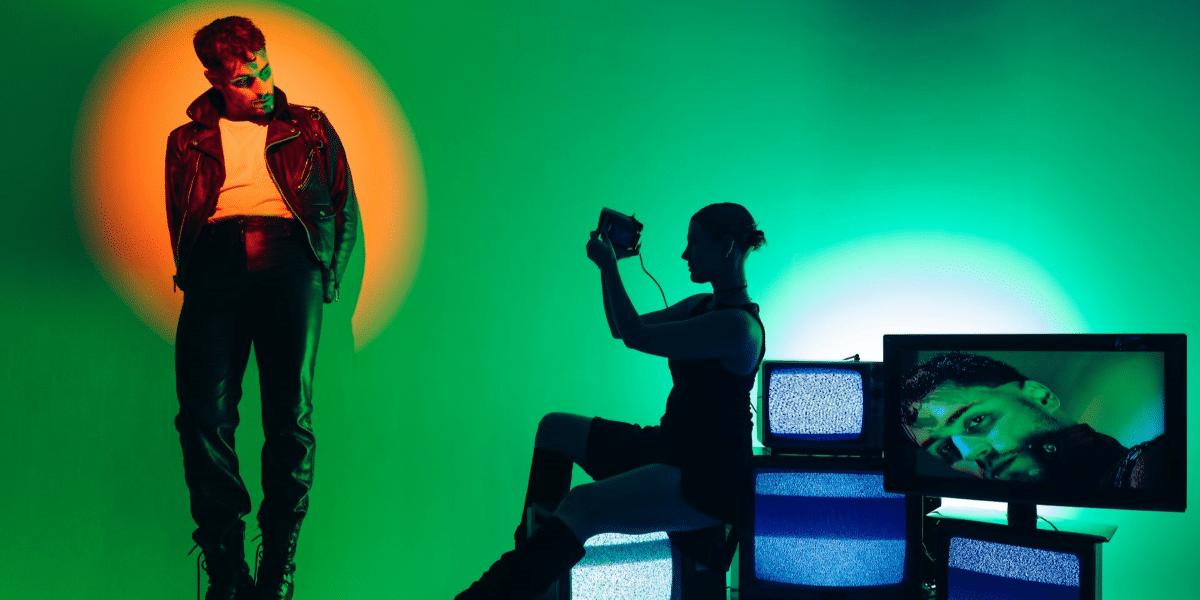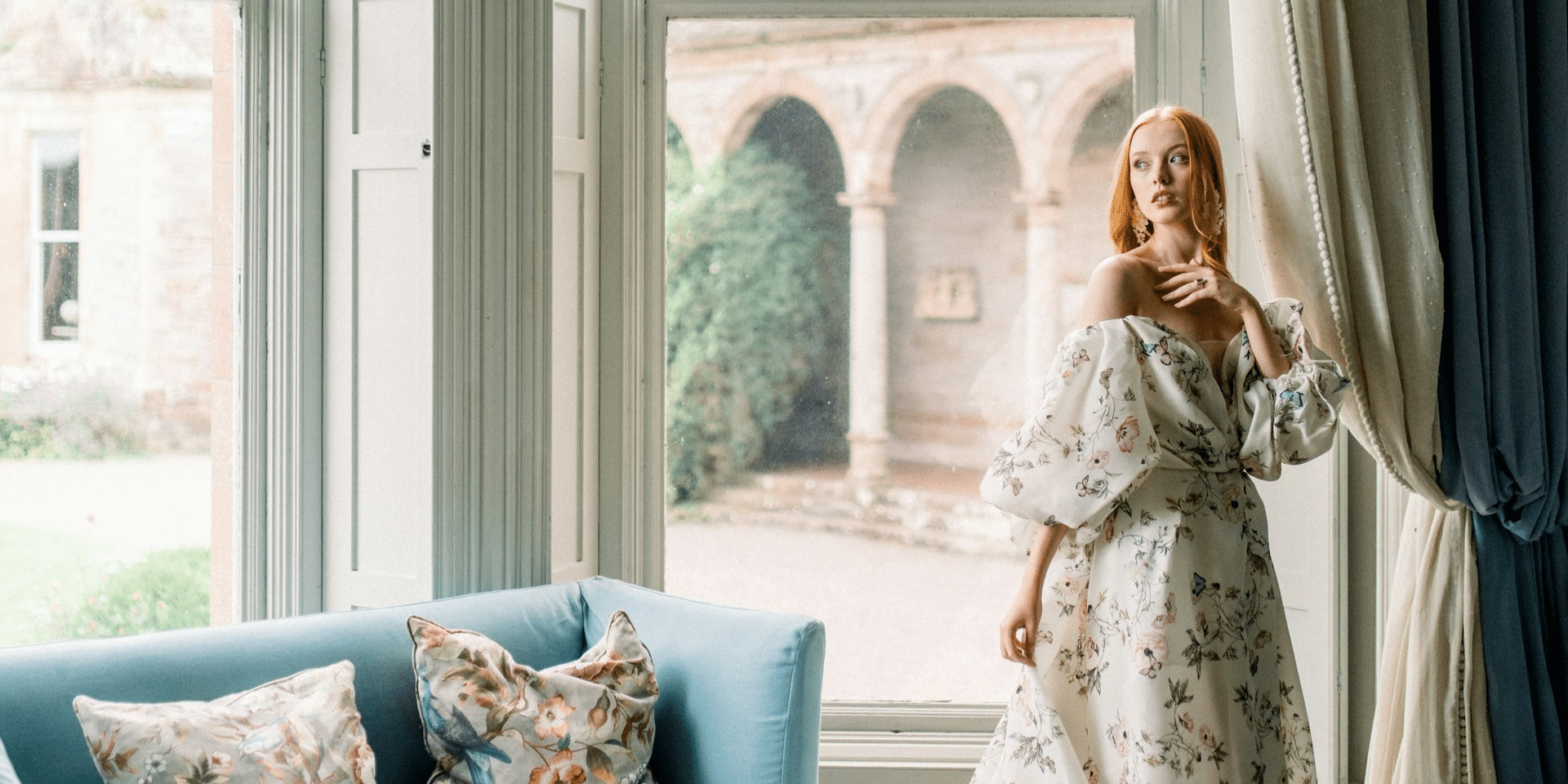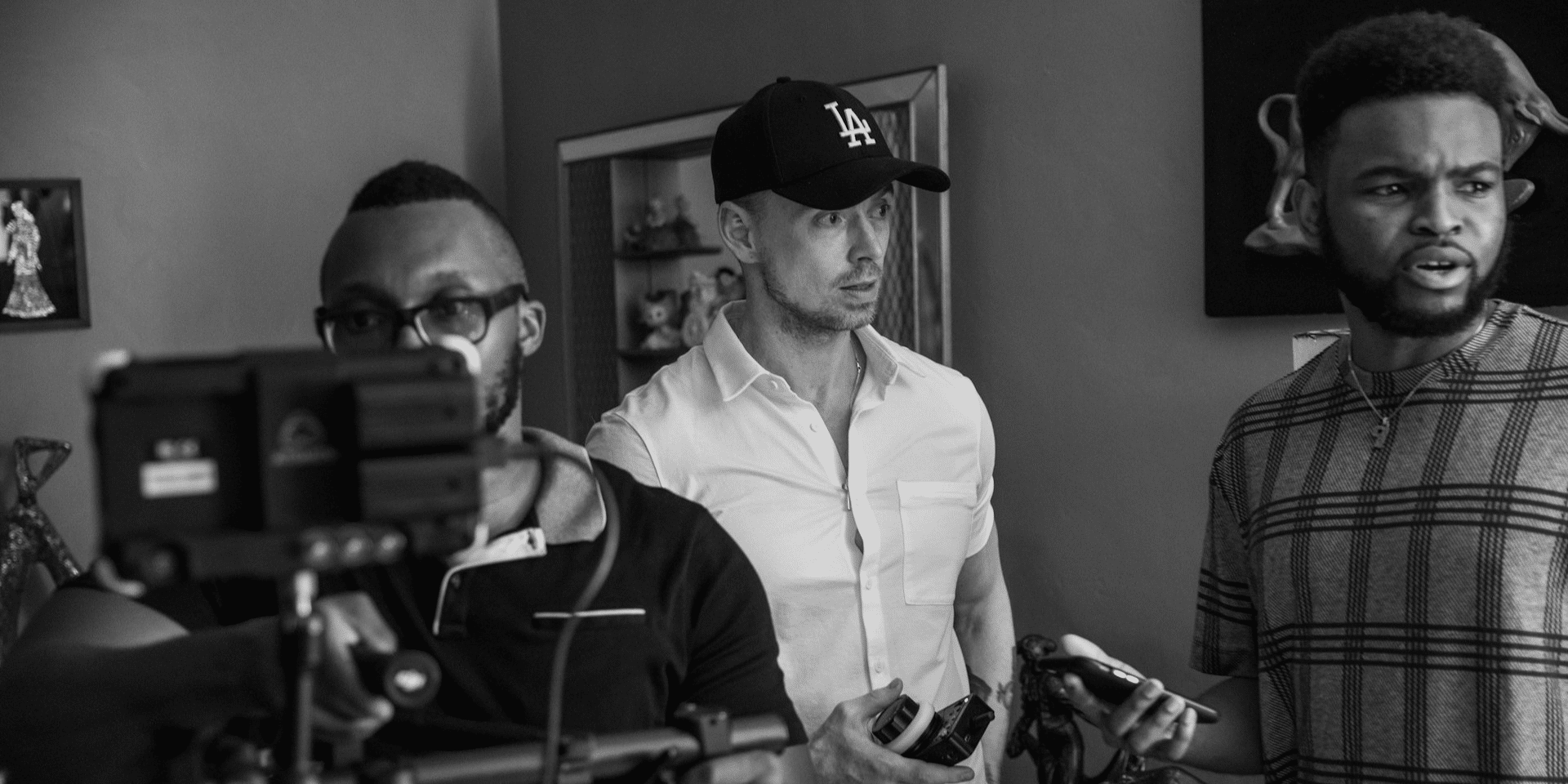Creating compelling and relatable characters is an essential aspect of storytelling, and one way to add depth and authenticity to your characters is through their fashion choices. Just like in real life, clothing can be a powerful form of self-expression, reflecting personality, culture, and individuality. Whether you’re writing a novel, screenplay, or graphic novel, here are some tips for bringing personal style into your character’s fashion.
Understand Your Character
Before you can effectively portray your character’s fashion sense, it’s crucial to understand who they are as a person. Consider their personality traits, interests, background, and personal history. Are they outgoing or introverted? Quirky or traditional? What are their hobbies, passions, and aspirations? By delving into your character’s psyche, you can gain insight into the type of clothing that would resonate with them and help convey their unique identity.
Develop a Signature Look
Every memorable character has a signature look that sets them apart and makes them instantly recognizable. Whether it’s a distinctive accessory, a recurring color palette, or a specific clothing style, incorporating a signature element into your character’s fashion can help solidify their identity and make them more memorable to readers or viewers. Think about what makes your character stand out and how you can reflect that in their wardrobe choices.
Consider Context and Setting
Fashion is often influenced by cultural norms, societal expectations, and environmental factors. When crafting your character’s wardrobe, consider the context and setting of your story. Are they living in a bustling metropolis or a rural village? Is the story set in the past, present, or future? Are there any cultural or historical influences that would impact their fashion choices? By grounding your character’s fashion in their surroundings, you can create a more authentic and immersive reading or viewing experience.
Mix and Match
Just like in real life, your character’s wardrobe doesn’t have to be limited to a single style or aesthetic. Experiment with mixing and matching different clothing pieces, patterns, and textures to create a dynamic and layered look. Consider how your character might combine items from thrift stores, high-end boutiques, or hand-me-downs to create their own unique style. Mixing and matching can also reflect your character’s evolving personality and growth throughout the story.
Use Fashion to Reflect Emotions and Story Arc
Fashion can be a powerful storytelling tool, allowing you to convey emotions, character development, and plot progression through clothing choices. Pay attention to how your character’s fashion evolves over the course of the story, reflecting their changing emotions, relationships, and experiences. For example, a character might wear dark, somber colors during a period of mourning or don bold, confident attire as they embark on a new adventure. By using fashion to mirror your character’s internal journey, you can deepen the emotional resonance of your narrative.
Embrace Diversity and Inclusion
Incorporating diversity and inclusion into your character’s fashion is not only important for representation but also for enriching your storytelling. Explore different cultural traditions, fashion subcultures, and body types to create a more vibrant and inclusive cast of characters. Celebrate individuality and authenticity by showcasing a diverse range of fashion styles, from streetwear to formal attire to gender-neutral clothing. By embracing diversity in fashion, you can create characters that feel relatable and empowering to readers or viewers from all walks of life.
Pay Attention to Detail
When describing your character’s fashion, pay attention to detail to bring their wardrobe to life on the page or screen. Describe the texture of fabrics, the fit of clothing, and the accessories they wear with precision and clarity. Consider how your character’s fashion choices reflect their personality, mood, and lifestyle, and use descriptive language to evoke imagery and emotion. By painting a vivid picture of your character’s fashion, you can immerse your audience in their world and enhance the overall storytelling experience.
Rejuvenating the Character Style
Incorporating personal style into your character’s fashion is a fun and creative way to add depth and authenticity to your storytelling. By understanding your character, developing a signature look, considering context and setting, mixing and matching clothing pieces, using fashion to reflect emotions and story arc, embracing diversity and inclusion, paying attention to detail, you can create characters whose fashion choices not only enhance their visual appeal but also enrich their characterization and contribute to the overall narrative. So go ahead, unleash your creativity, and let your characters’ fashion shine!















